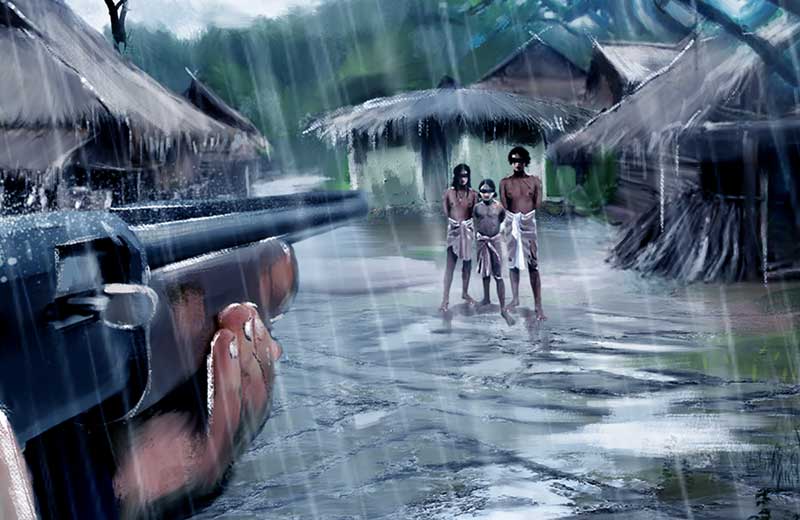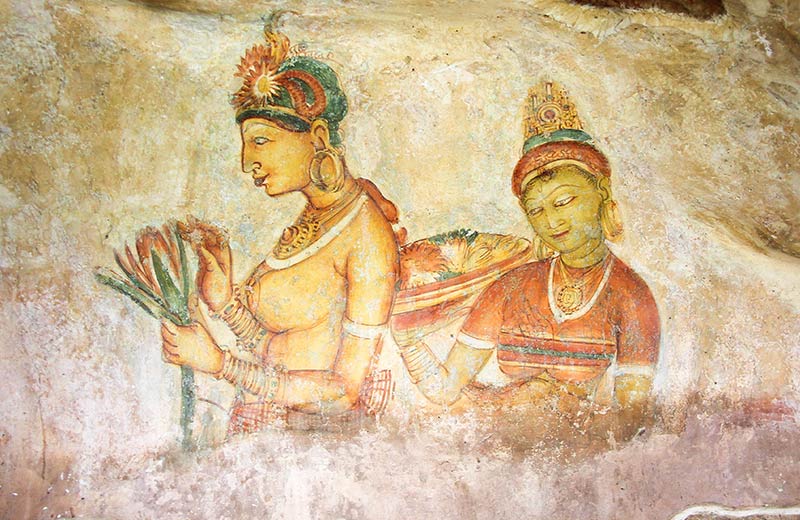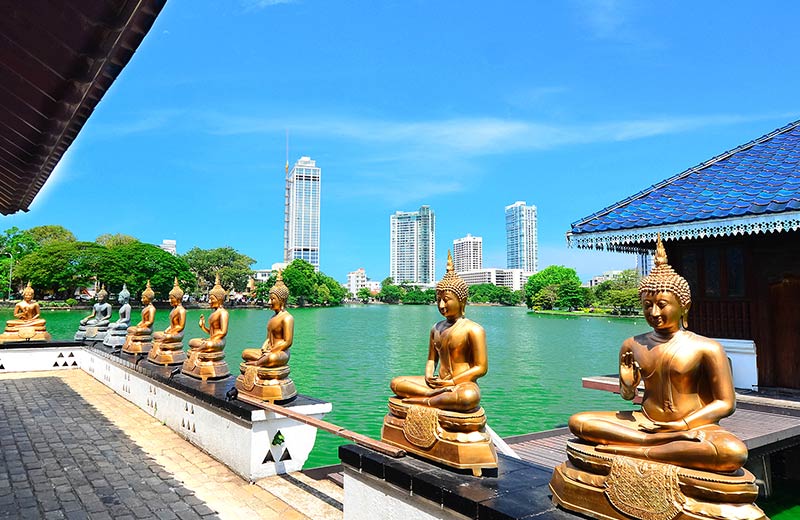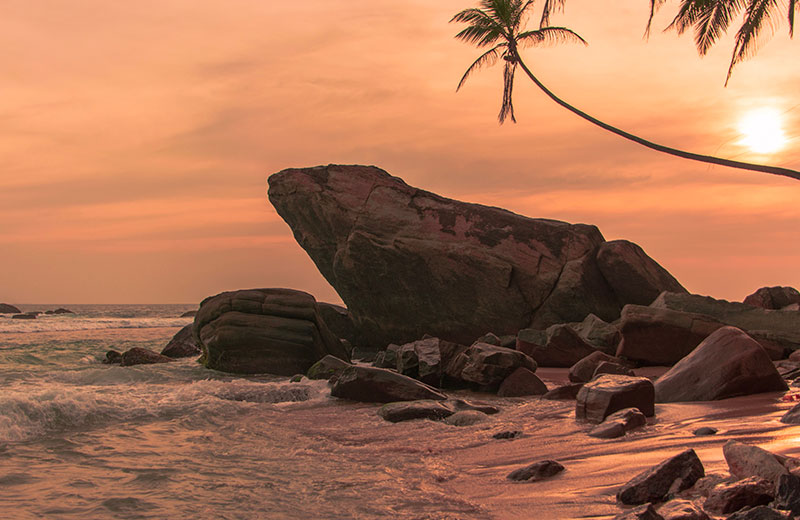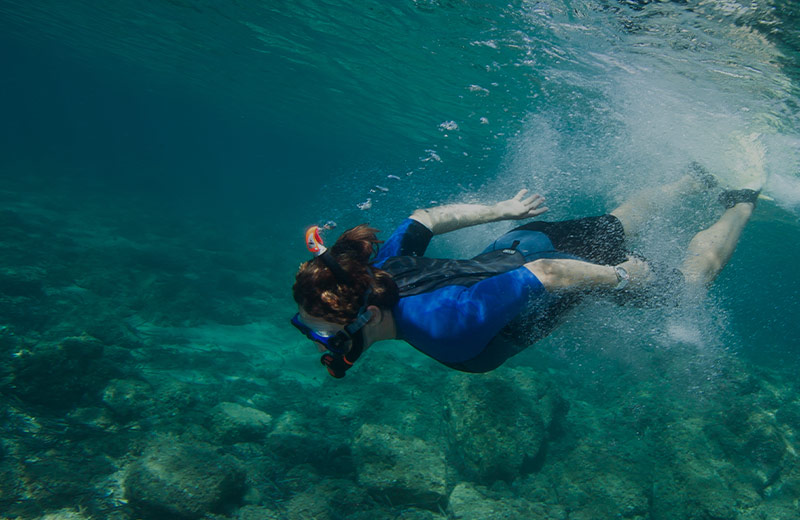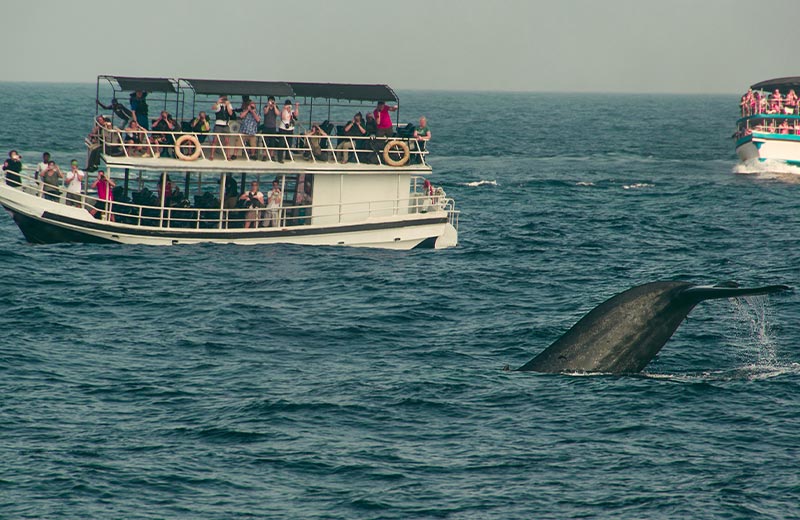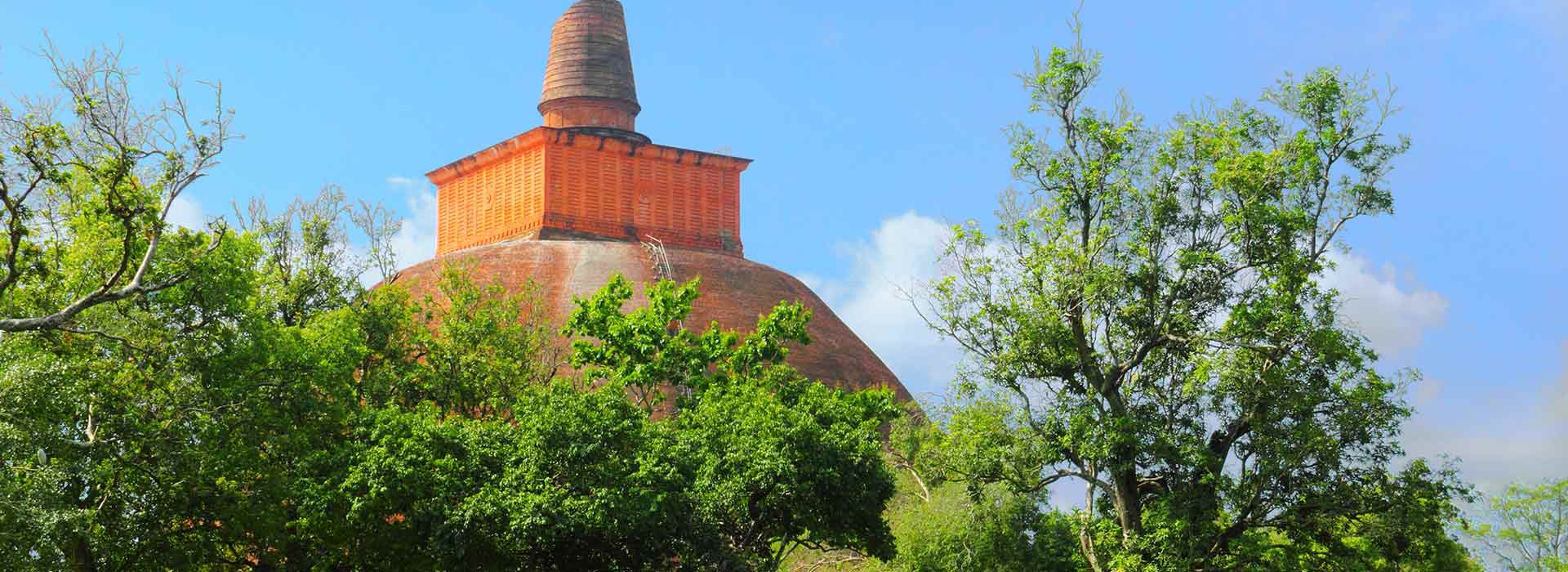ExploreAnuradhapura with Your Family
Anuradhapura is a city steeped in history, and its rich cultural heritage makes it an ideal destination for a family vacation. It’s even great for children, as the fascinating architectural structures are inspiring and entertaining for young minds. The ruins of the city are well-preserved, providing a unique opportunity to explore the remnants of an ancient civilization.
Heritage in the Capital City
The settlement is believed to have been founded by Anuradha, one of King Vijaya’s ministers—though the exact date is unknown. According to the Sinhala epic Mahavamsa, it was made the capital circa 377 BC by the first monarch of the Kingdom of Anuradhapura, King Pandukabhaya.
What followed was a meticulously planned city with water tanks, a proper system of governance, and years of previously unknown prosperity. It was a new age for the arid region. In 993, Anuradhapura was captured by foreign invaders, and over the following years, the city was decimated. However, there are still plenty of sites of historical importance that you should visit.
Make sure to add these to your itinerary:
- Kala Wewa
- Mahasen Palace
- Biso Maligawa (Queen’s Palace)
Tour the Sacred City
Within the region we call Anuradhapura, lies the ancient Sacred City, a UNESCO World Heritage Site. It consists of ruins of religious sites that helped found Buddhism in the country. Walled off from the rest of the region, the Sacred City’s four borders cover 26 km and the city is spread over 663 sq.km. Almost all of the most iconic sites are situated in one massive area of land, which makes it a convenient place to visit with kids in tow.
Sites within the city that shouldn’t be missed:
- Sri Maha Bodhi Tree
- Lovamahapaya (Brazen Palace)
- Ruwanweliseya
- Thuparamaya
- Jetavanaramaya
Safari at Wilpattu National Park
You will pass by Wilpattu en route to Anuradhapura. Sri Lanka’s largest and oldest national park, Wilpattu covers over 1,300 sq.km. It used to be the perfect spot for leopard spotting, but as numbers began to dwindle, sightings have been more scarce.
Though only a fourth of the park is accessible to visitors, in order to give the wildlife a break from human intrusion, there is still plenty to see. Wilpattu is an odd combination of various environments, from forests to drylands and lakes. This means there is ample biodiversity in the region, with dozens upon dozens of endemic species, making for a fruitful safari experience!
Grab a pair of binoculars as you set off on a wild adventure with the family! Keep in mind that private vehicles aren’t allowed, so you will have to book a safari tour beforehand.
❂ Useful Tips:
- Foreign nationals are charged an entrance fee to visit the cultural sites.
- Visitors from SAARC countries are charged only half the entrance fee.
- The region can get very dry and hot, so it is best to carry a bottle of water and wear a hat.
- You will need to cover your shoulders and legs to enter temples and religious sites.
